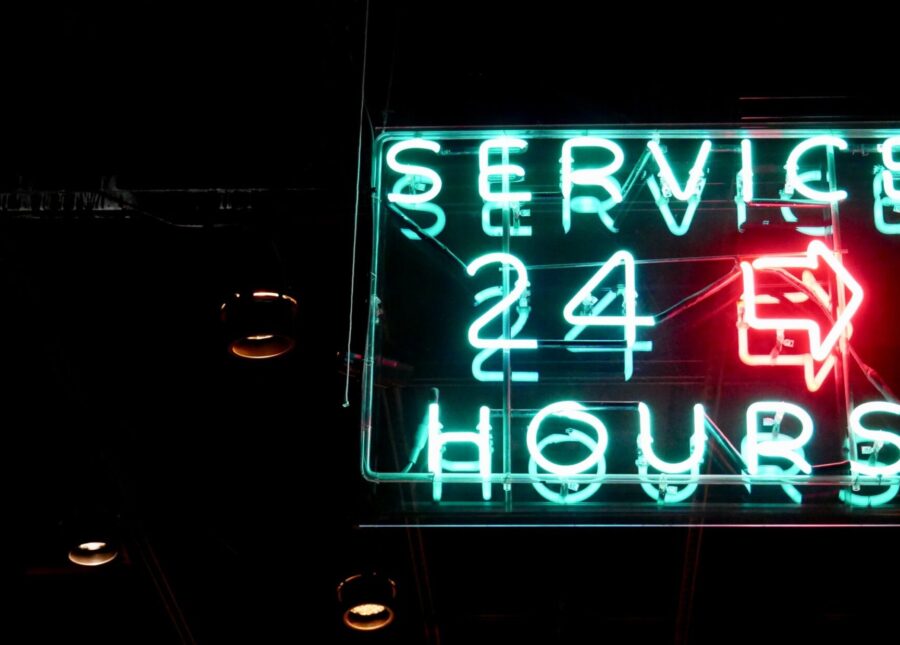Decentralised Finance (DeFi) in a Nutshell

Imagine you had the ability to bypass traditional financial institutions to get access to things like loans, savings, insurance, trading and more.
Imagine no more – DeFi is here!
The decentralised finance (DeFi) movement – also known as ‘open finance’ – is changing the way we think about cryptocurrencies and their use cases.
Let’s find out more about DeFi in a nutshell.
What is DeFi?
Decentralised finance describes an entirely new monetary system built and run on public blockchains. It’s an ecosystem of applications facilitating permissionless financial services.
It can effectively be understood as another layer of financial applications operating on top of the blockchain.
While ether and bitcoin are cryptocurrencies and DeFi applications in their own right, they’re also built on robust, open-source networks. These enable anyone to create applications for financial services without the involvement of centralised institutions, like banks.
The decentralisation bit is important. By operating on a decentralised network, there’s no single point of failure as financial records are constantly recorded and added to a public blockchain. By design, these services are also permissionless. This means anyone – irrespective of their wealth or where they live – has access to these services.
Where banks control access to their services and have the power to potentially block clients or close their accounts, blockchains are censorship-resistant.
What’s a DApp?
A DApp, or a ‘decentralised application’, is an app built on decentralised technology, rather than a single, centralised entity or company. DApps are the programs people use to access products and services within the DeFi realm.
These apps operate as gateways to this new system–whether you’re looking to loan out your crypto or borrow some, you’d use a DApp to do this. A DApp is to DeFi what an internet explorer is to the internet. There are also DeFi DApps that allow you to create stablecoins, exchange assets and even implement automated, advanced investment strategies. The opportunities are truly endless and new innovative DApps are being built all the time.
DeFi for loans
There are 1.7 billion unbanked and underbanked individuals across the world. Currently, it’s almost impossible for these people to borrow money legitimately, and a lack of credit history significantly hinders individuals’ opportunities to improve their quality of life. This pushes many toward loan sharks and other predatory lenders.
To date, the biggest sector by far for decentralised applications has been in the lending and borrowing realm. DeFi platforms are able to connect borrowers and lenders directly, eliminating the need for credit checks, and instead allowing digital assets to be collateralised. Collateralised borrowing means borrowers must lock up collateral greater than the value of the amount they’re borrowing. The collateral is a safeguard, ensuring lenders will be repaid even if the borrower defaults on the loan.
For example, if you want to borrow $100 worth of BTC, you would have to lock up more than $100 worth of collateral in another asset. If you choose to lock up $150 of ETH and you default on your loan, the lender who lent you $100 of BTC is able to seize your ETH, which is worth even more. This works well to mitigate the risk of a borrower not repaying the amount loaned, as they’d be losing more.
And there’s an important accommodation for crypto’s volatility. The price of both BTC and ETH can change over time. For example, if the price of ETH falls and your collateral is worth only $90, the lender wouldn’t be able to get their money back by seizing your ETH because it’s less than the amount borrowed.
This is where liquidation comes into play. Liquidation is essentially when your loan is automatically repaid by selling some of your collateral to buy back the asset you owe to the lender. Liquidations occur if your loan falls below the required level of collateralisation, which is usually between 115% – 150%.
High-quality platforms built on the Ethereum blockchain, void of intermediaries, have been built to provide these essential financial services. Decentralised lending products are available to anyone, anywhere with access to a smartphone, and many only require an Ethereum wallet for use. Some popular platforms are MakerDAO and Compound.
These products are seeing incredible adoption around the world, with an estimated total value of at least $850 million locked in DeFi. And with news that Square’s Cash App has more mobile users than legacy bank, Bank of America, it’s clear the demand is there.
CashApp now has more mobile users than Bank of America.
Bitcoin is taking down the legacy banks one user at a time.
— Yano (@JasonYanowitz) August 18, 2020
The service is also of great benefit to lenders who are able to earn a passive income on their holdings through interest fees paid by borrowers. This is a relatively low-risk, unique financial stream without relying on any third-party’s centralised services.
For traders looking to borrow crypto for margin trading, they can access leverage which multiplies gains and losses while trading or short selling. For example, you could borrow DAI (a stablecoin) and buy ETH with it, which would let you buy more ETH than you would otherwise be able to, thereby giving you leverage on ETH.
Stablecoins
Another form of decentralised finance involves stablecoins, a type of digital currency that aims to shield customers against the volatility of crypto by being pegged to another asset like gold or the US dollar.
Owing in part to the general economic uncertainty caused by COVID-19, stablecoins have enjoyed increased popularity, hitting a record in transaction volumes of over $90 billion in Q1 of 2020. At the same time, stablecoins saw more than 30% growth in market capitalisation during that period. Another contributing factor to stablecoins’ growing success is increased accessibility. Easy-to-use DApps and intuitive interfaces have certainly bolstered stablecoin usage, elevating them from a niche threshold into a more mainstream market.
Ethereum-based stablecoins, which constitute roughly half of all stablecoins in existence and have a total value of over $11.3 billion are performing even better than traditional finance applications like PayPal due to DeFi significantly facilitating value transfers. Many have speculated stablecoins have initiated something of a DeFi renaissance.
Why the big deal?
Being decentralised and permissionless removes any risk of censorship. This means users are free to use whichever financial services or products that suit them, when and however they like. Essentially, this enables true financial freedom.
Because the movement is global, everyone is afforded the same equal opportunities. This works to create a fairer global economy by eliminating the financial disadvantages experienced by those in regions with poor financial service access or those living in countries with unstable economies.
Regardless of where you live, having full control of your finances is vital. As we witness the effects of unsavoury fiscal policies, like quantitative easing, and general global currency devaluation, it makes sense that people are choosing to spread their eggs across multiple baskets.
Most importantly, true financial freedom entails minimal costs to customers. A decentralised system comes with fewer overheads, more transparency and a significantly lower cost than traditional financial systems.
Where there’s reward, there’s risk
With any new product or service on offer, there are always risks. Cryptocurrency adoption has been relatively slow, and while things are improving, there’s a lot to be done in order for the world to consider them a suitable alternative.
As DeFi is still in its infancy, factors like low liquidity may hinder the completion of transactions for DeFi products. By the same token, even if DeFi applications manage to welcome millions of people to its platforms, the public blockchains they rely on may lack the capacity to accommodate an increase in demand. Scalability is one of the biggest concerns–something Ethereum has been working to improve for a while.
True adoption has another prerequisite–governments around the world need to come up with adequate regulations that protect consumers while still encouraging innovation. This is something many have yet to get right. As many have yet to regulate the use of crypto and of stablecoins, fears of a shadow banking system are not totally unfounded. However, it’s important for governments to balance the needs of its people and to avoid prioritising state-profit from banks as a hindrance to DeFi’s growth.
What does the future hold for DeFi?
In order for the open finance movement to gain momentum, significant regulatory hurdles need to be overcome. But in DeFi alone, there’s growing concern over the number of different DeFi organisations that are operating independently of one another. This poses a huge drawback to achieving consensus which is vital for success. Without consensus, we could witness the creation of a fragmented market which goes against the grain of exactly what DeFi strives for.
It’s essential for key players in the DeFi industry to engage with one another and work together to leverage their skills and resources if the movement is to become a compelling alternative to the status quo.
Just as major players in the traditional finance world regulatory meet to discuss economic affairs, DeFi industry leaders should look to do the same.
The DeFi movement is actively shifting traditional financial products to an open and fairer market, where everyone can get involved. Smart contracts and distributed systems hold an immense amount of value and harnessing them means reduced costs and lower entry barriers. This is an incredible and extremely necessary feat if the world is to truly advance and become a more inclusive and habitable place for everyone.
 Discover
Discover Help Centre
Help Centre Status
Status Company
Company Careers
Careers Press
Press


